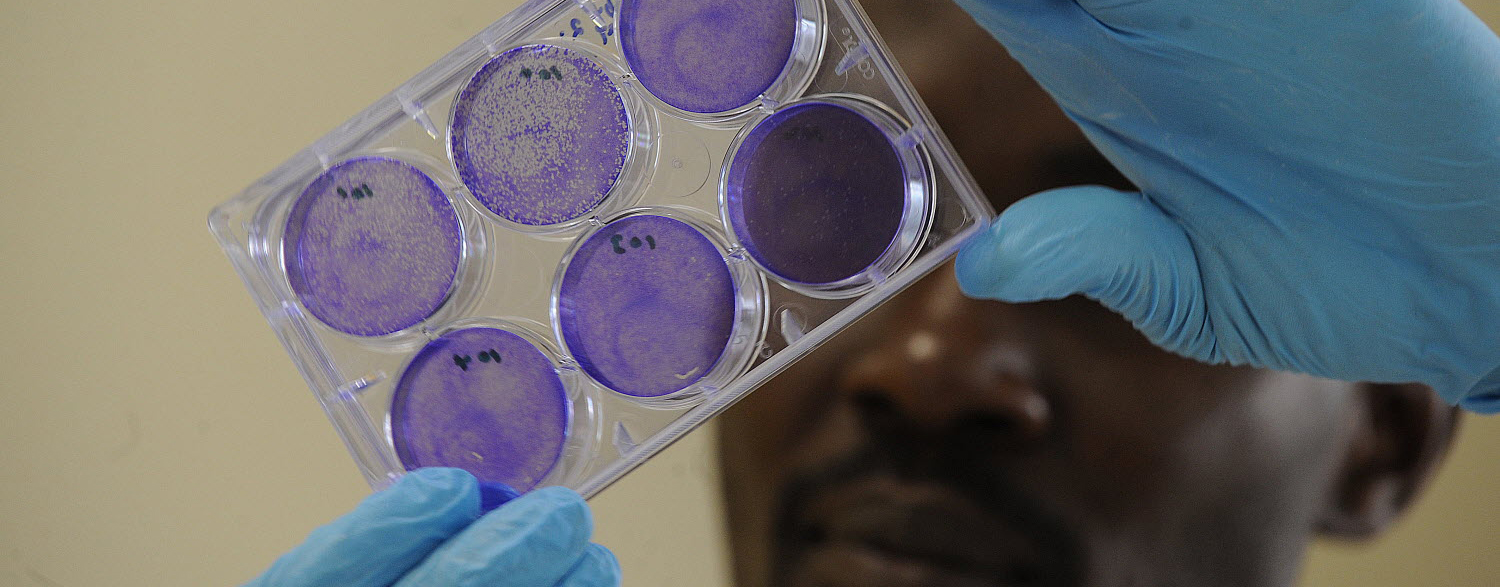
Zoonoses
Zoonotic diseases, or zoonoses, are diseases shared between animals – including livestock, wildlife, and pets – and people. They can pose serious risks to both animal and human health and may have far-reaching impacts on economies and livelihoods. Zoonotic diseases are commonly spread at the human-animal-environment interface – where people and animals interact with each other in their shared environment. Zoonotic diseases can be foodborne, waterborne, or vector-borne, or transmitted through direct contact with animals, or indirectly by fomites or environmental contamination. Examples include, Rift Valley Fever, MERS-CoV, and some strains of Avian Influenza.
One Health approach
Health issues at the human-animal-environment interface cannot be effectively addressed by one sector alone. Collaboration across all sectors and disciplines responsible for health is required to address zoonotic diseases and other shared health threats at the human-animal-environment interface. This approach to collaboration is referred to as One Health.
⦿ A zoonosis is any disease or infection that is naturally transmissible from vertebrate animals to humans.
⦿ 60 percent of all human infectious diseases are zoonotic in origin and some 75 percent jump species.
⦿ There are over 200 known types of zoonoses.
Contact:
Zelalem Tadesse
Senior Animal Health Officer (Zoonoses and One Health)
Highlights
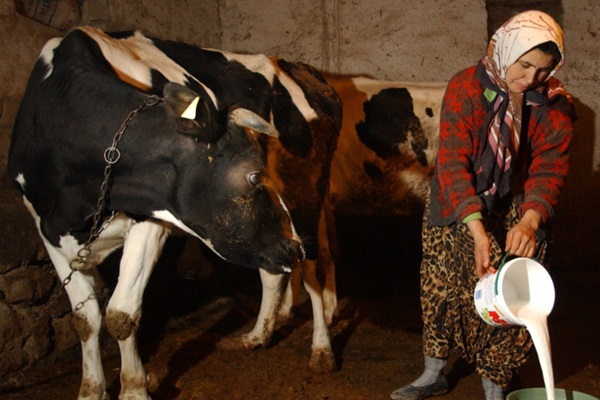
Highlights
Türkiye steps up brucellosis control by adopting One Health measures
10/12/2025
Türkiye has taken a significant stride forward in the fight against brucellosis, a disease that affects both animals and people, by hosting a national...
.tmb-th600x400.jpg?Culture=en&sfvrsn=f438e864_1)
Highlights
From the ground up: Why soil health is key to One Health solutions
28/11/2025
Soil, a critical yet often overlooked element, is at the heart of the One Health approach, connecting human, animal, and environmental health to address...

Highlights
FAO launches virtual training in Russian to boost field veterinarians’ response to zoonotic diseases
04/11/2025
To strengthen regional preparedness and promote early detection, FAO has launched a Russian-language version of its online course Zoonoses for...

Highlights
Mind the gaps: Strengthening the foundations of One Health
30/10/2025
Translating One Health into effective, real-world action can be difficult. Across countries and institutions, three persistent barriers slow progress:...

Highlights
The Democratic Republic of Congo advances toward a National One Health Plan with FAO support
16/10/2025
The DRC has taken a major step toward strengthening its capacity to prevent and respond to emerging health threats through the development of a National...
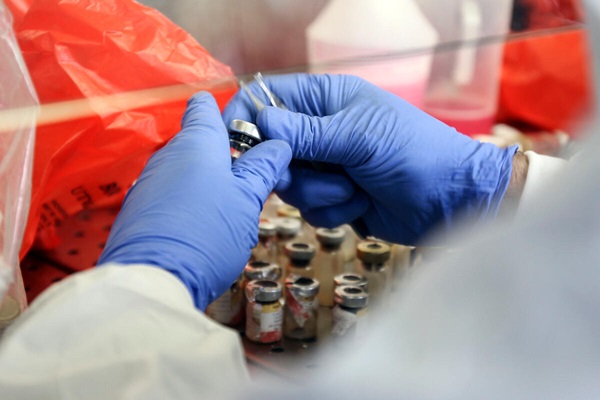
Highlights
One Health in agrifood systems is everyone's health: Why integrated approaches are transforming global food security
13/10/2025
Emerging technologies and approaches are making One Health applications increasingly practical and effective.
Publications

Mpox case detection in animals: A guide to epidemiological and laboratory investigations
10/2025
This FAO guide was developed as a practical tool for the epidemiological and laboratory investigation of mpox cases in animals. It is intended for use...
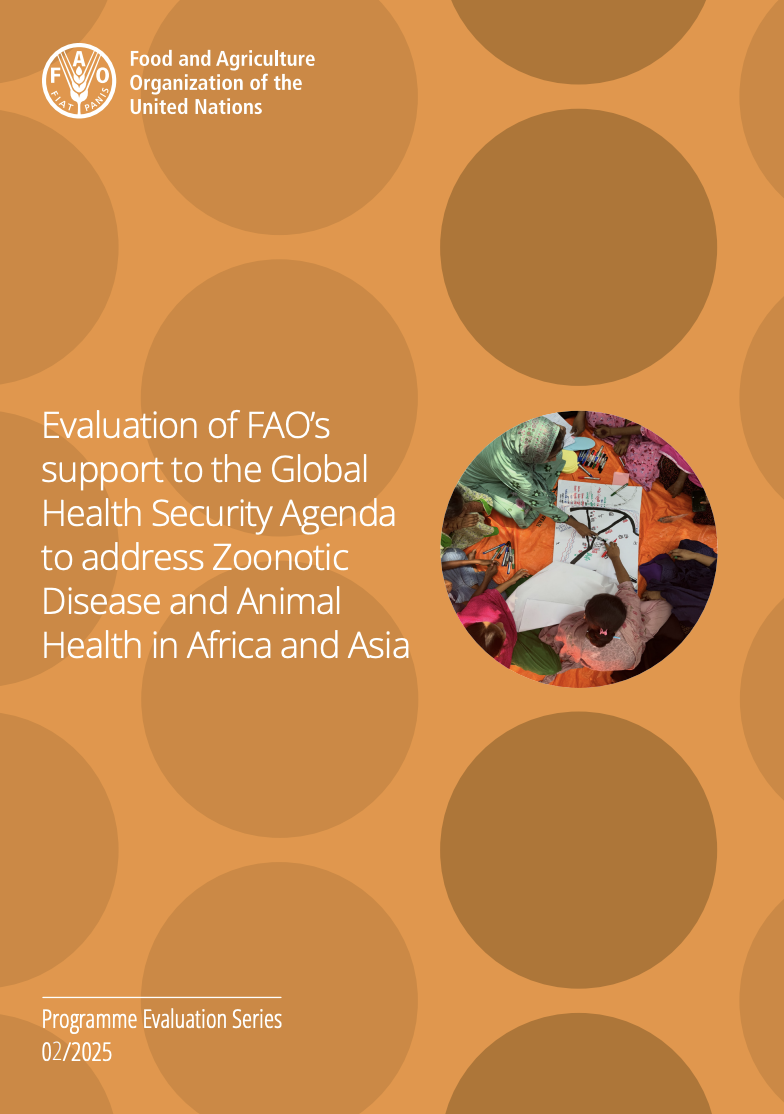
Evaluation of FAO’s support to the Global Health Security Agenda to address Zoonotic Disease and Animal Health in Africa and Asia
08/2025
This evaluation identifies lessons learned and good practices from FAO’s implementation of the Global Health Security Agenda (GHSA-FAO), an eight-year...
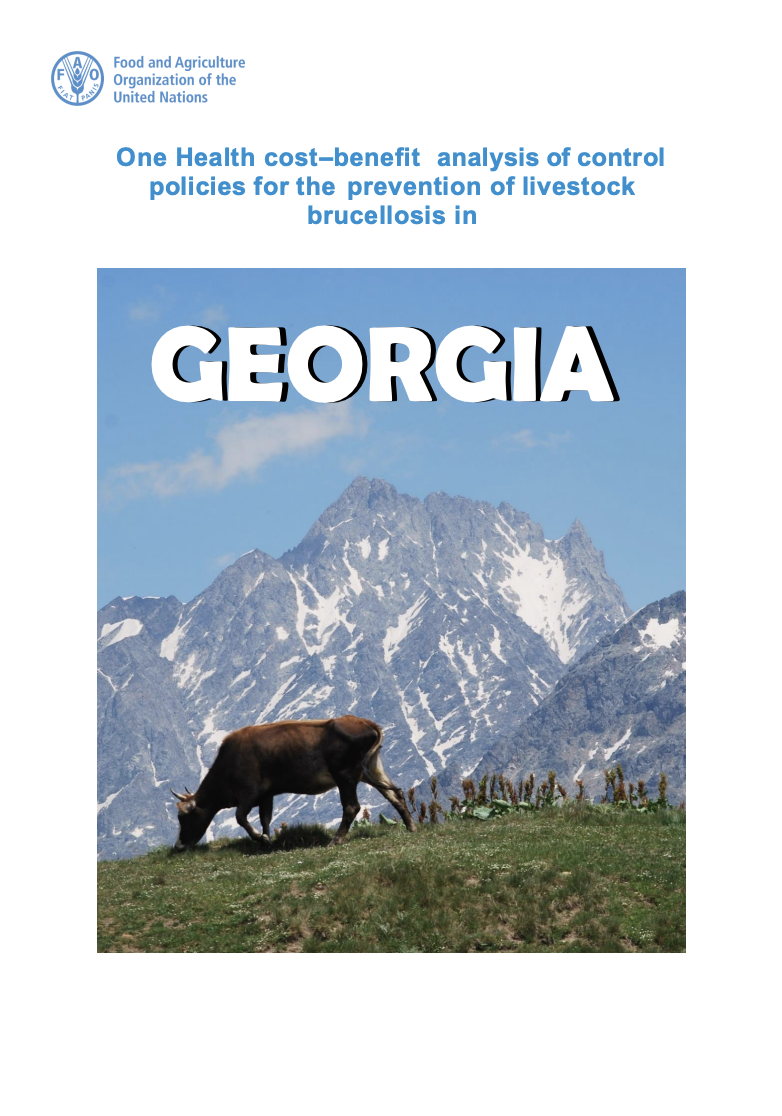
One Health cost–benefit analysis of control policies for the prevention of livestock brucellosis in Georgia
02/2025
An economic analysis was performed to assess the cost of brucellosis to households, to the public, and to livestock production.
